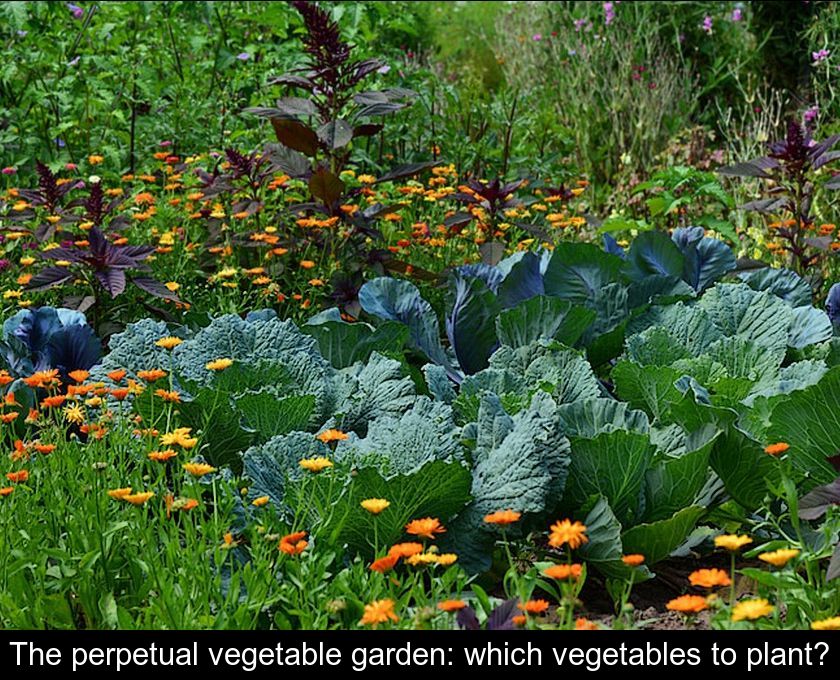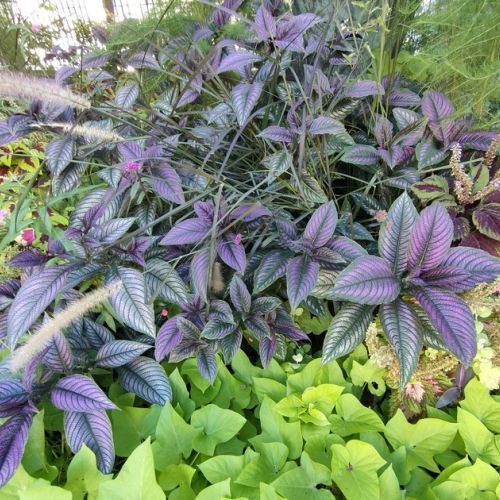The Perpetual Vegetable Garden: Which Vegetables To Plant?
The perpetual vegetable garden, also known as a permanent garden, is a magical food garden where it is possible to harvest vegetables and simply let them regrow! We explain how to plant this type of garden that requires minimal maintenance and offers maximum yields.
"What are perennial vegetables?"
Even if it may seem obvious, to create a perpetual vegetable garden, you must select perennial vegetables, meaning vegetables that remain in your garden from one year to the next.
Unlike annual vegetables that need to be replanted each spring, perennial species regrow every year without the gardener needing to intervene. They are also referred to as "perennial vegetable species".
"What are the benefits of a perpetual vegetable garden?"
Making a perpetual vegetable garden in a corner of one's yard presents multiple advantages for gardeners, particularly for beginners! Indeed, the ease of cultivation is the first advantage of perpetual vegetables. You don't need to sow or plant them every year and you can enjoy their leaves or fruits for several years with minimal maintenance... Another advantage of a permanent garden is, of course, its economic character since you don't need to buy plants every spring. Finally, adopting perpetual vegetables in one's garden allows discovering original vegetable species such as Good King Henry, for example. This is an edible wild plant whose leaves are harvested as needed to cook them like spinach.
3- What vegetables to plant in a perpetual vegetable garden?
The vegetable species that regrow on their own are more numerous than you think. Among these perennial species, we can notably mention artichoke, rhubarb, rocambole garlic, perennial leek, Daubenton cabbage, onions, arugula, and spinach sorrel. It is also important to know that chard easily reseeds itself and can therefore be used in a permanent vegetable garden.
It is also possible to integrate tubers into your perennial vegetable garden that you will partly harvest in winter, leaving a small part in the ground for it to sprout again in spring. To know where you planted them, don't forget to label them with tags.
To ensure continuous germination of these tubers, choose disease-resistant species such as Jerusalem artichoke, Chinese artichoke, and Peruvian ground apple, which has a texture similar to that of potatoes! Another edible plant that grows on its own and is harvested in winter is winter purslane, to be consumed in salads.
4- Where to install your perpetual vegetable garden?
If the promise of only planting vegetables once has convinced you to create a perpetual vegetable garden, be sure to carefully choose its location! Like most vegetables, perennial vegetables mentioned above need good sun exposure to be productive and loose, sufficiently rich and deep soil.
Reserve a sunny corner of your garden for them, preferably located near your kitchen since you will often go there to pick them. Dig the soil to loosen it and make a compost addition if necessary before sowing or planting. This way, the plants will be able to root well.
5- How to maintain a perpetual vegetable garden?
Even though a perpetual vegetable garden has the advantage of requiring limited maintenance, this nourishing garden is not completely self-sufficient. In this type of perennial garden, it is important to contain the growth of plants.
In practice, this involves regularly pruning your plants, dividing a plant when it becomes too large, and removing excess bulbs and spontaneous seedlings.
Finally, if you want your plants to continue producing good harvests while remaining in place, you will need to:
• divide or propagate mother plants that are exhausted and need to be renewed
• enrich the soil by adding compost on the surface to nourish your vegetable plants over time.









